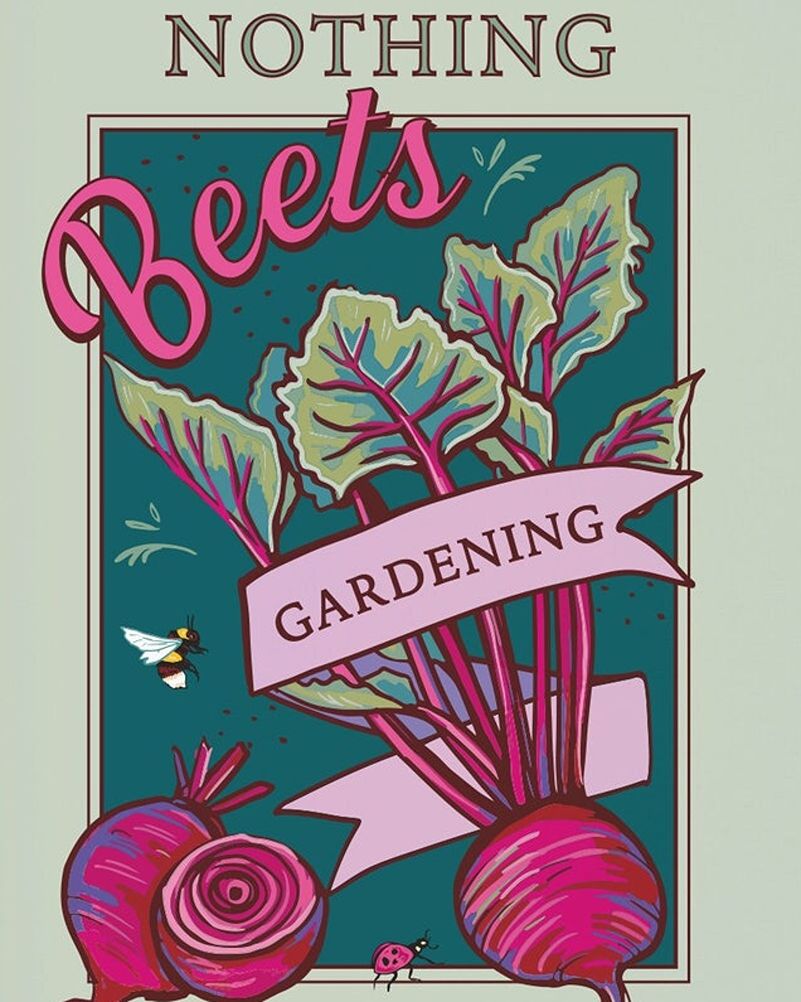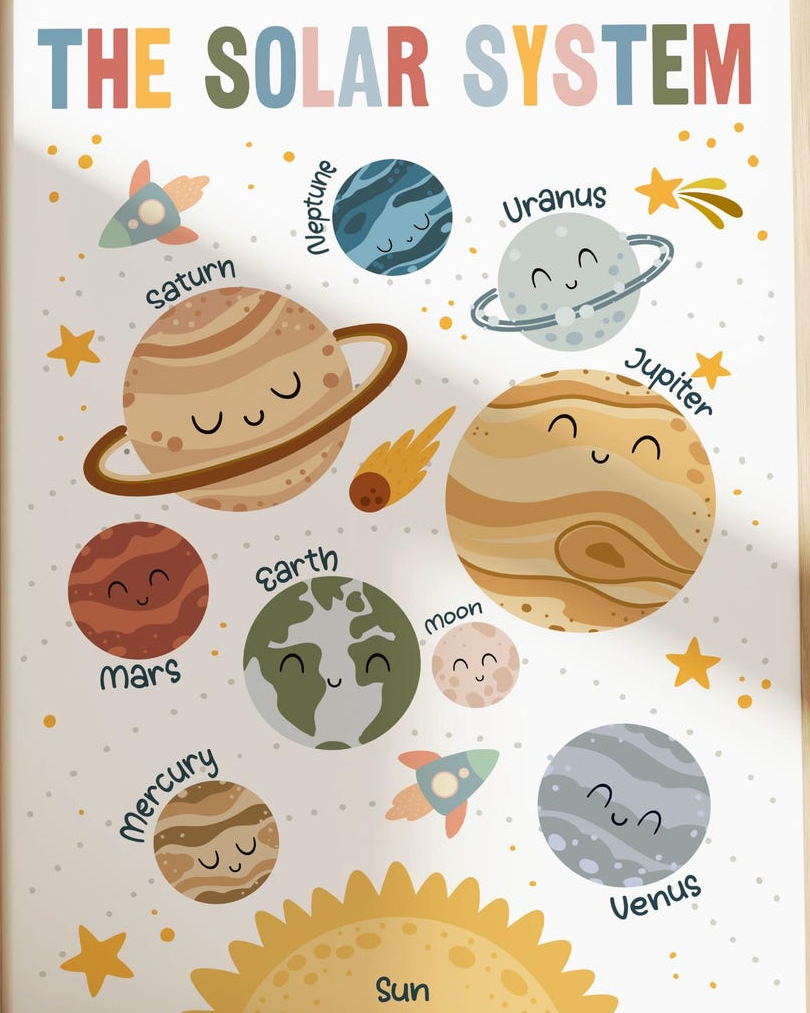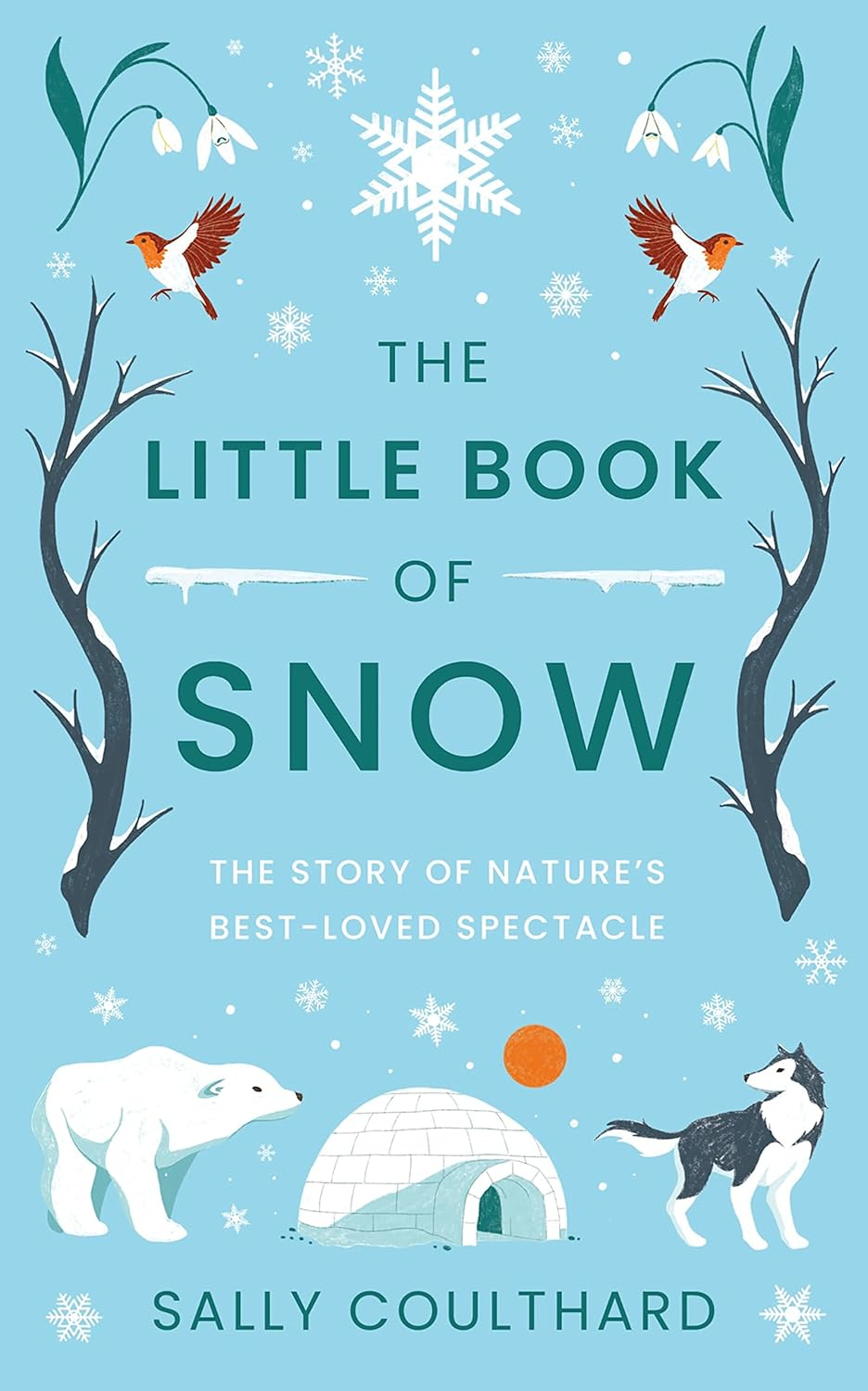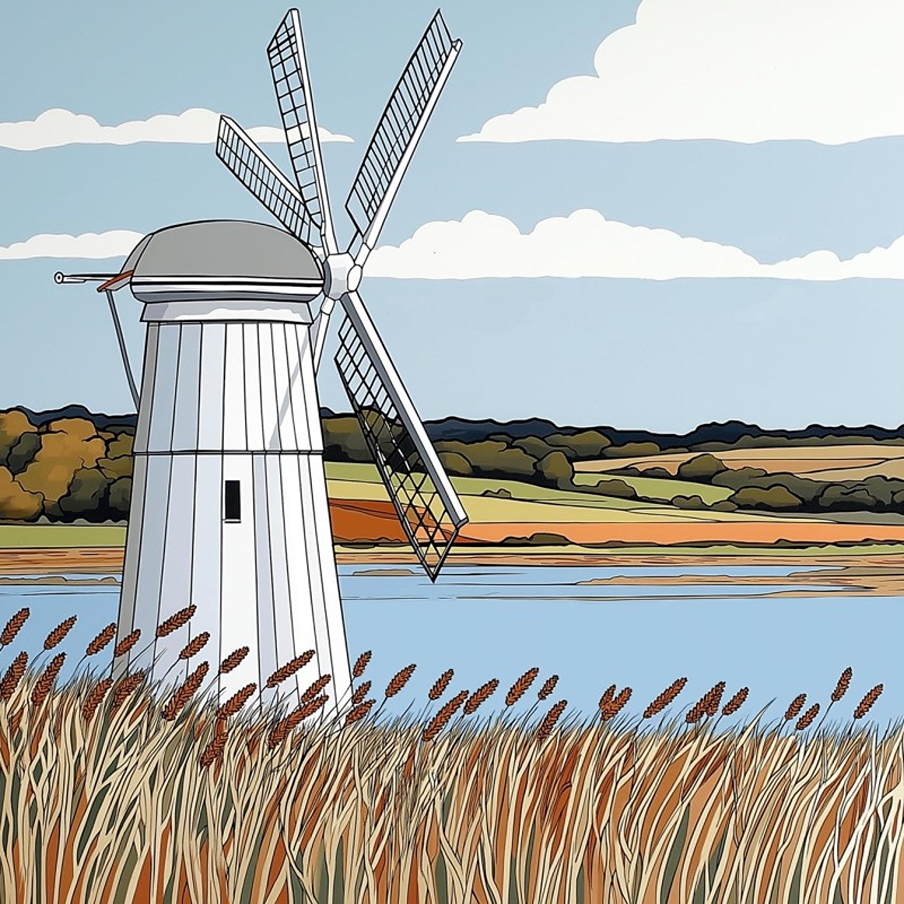Create a Climate-Friendly Garden Sanctuary

A garden sanctuary is not just for show. Set up a bench, chair or hammock, invite friends over for tea. Read a book in the afternoon light, or watch the bees and hear the blackbirds.
There’s something wonderful about stepping out to a space that’s not only yours, but also gentle on our planet. Think birdsong instead of traffic, clean air, cool shade, and a quiet pride in knowing your patch helps nature breathe a little easier.
It’s simple at heart, really. Just honest work, a bit of patience, and a steady push toward positive change. Let’s share ideas for a garden that brings joy, hope, and a lighter footprint.
Read our posts on pet-friendly gardens (flagstones are best over gravel which can stick in paws and artificial grass, which gets too hot in warm weather) and wildlife-friendly gardens. Also read our post on how to stop birds flying into windows.
Choose Eco Landscaping for Life and Beauty
Start with community in mind – plants, people, pets, birds and wildlife. Eco landscaping works with local soil and climate. Go for native wildflowers, shrubs, and trees. These thrive without much fuss.
Skip the chemicals. Think mulch from fallen leaves. Keep things wild at the edge. Nature loves gardens that are left a bit messy, for natural food, shelter and hibernation.
Ditch the Netting, Save Wildlife
Netting seems tidy, but it’s a hazard for birds, hedgehogs and other creatures (football nets in particular are a hazard for curious foxes – use a football goal wall instead). Also fold away and store rotary clothes driers when not in use – safer to use a retractable clothes lies, that fits flush to the wall, when not in use.
Nearly all garden netting on sale is above the maximum recommended hole diameter to protect wildlife. Instead, use fruit tree protection bags (these are more like fleece, and protect crops, but the holes are too small for creatures to get trapped in them).
They protect fruits from cherry worms, aphids (ladybirds will also help!), wasps and birds, without need for chemicals, and also protect against frost, heavy rain and hail.
Use in early spring to protect blossom, and remove for pollination (use in summer and autumn to protect fruits). These are good for cherry, peach, nectarine, apricot, apple and pear trees.
Avoid netting on ponds, if trying to deter herons etc. Read our post on wildlife-friendly ponds.
Go All-In on Organic Gardening
As well as using no-dig gardening (to protect earthworms and stag beetles), feed your plants with good compost or seaweed fertiliser.
Keep fresh compost away from pets (contains fresh mould). Also always check before moving compost bins (or demolishing sheds) as often garden creatures like frogs and hedgehogs hide under them.
Keep Lawns Organic and Wild
This depends on your needs. People with children or pets may wish to keep a plain organic lawn for play and rest. But if you don’t really use it, it’s worth turning your lawn into a wildflower meadow, as this supports many pollinators.
Read our post on organic lawns.
Manual mowers are best. But if you use an electric or motor mower, then always check beforehand for garden creatures (never use robotic mowers, as sleeping wildlife won’t wake up in time).
Use garden shears over strimmers (or at least sweep through with a broom beforehand, to let wildlife escape).
Save Every Drop: Water-Wise Habits
As as saving water being good for the planet, it saves you money if you are on a water meter. Never leave open barrels of water around (drowning hazards for children, pets and wildlife – stagnant water can also trap mosquitoes).
For wildlife, use shallow water bowls, and include a few little stones so bees and butterflies can safely exit, if they fall in.
Rainmaker watering can has a sloped lid to self-fill from rainwater. And it has a little ‘frog ladder’ inside, so creatures that fall in, are able to escape. Made in the UK from recycled plastic.
If you live in a dry and warm climate (on the south coast!), then consider drought-tolerant native plants, that require less watering.
Some drought-tolerant plants are toxic to pets. Read our post on pet-friendly plants.
You then don’t need to water as much:
If the ground’s still damp two inches down, save the water for another day.
RHS has a good post on drought-tolerant plants. Most have silver or grey-green leaves, as the light colour reflects the harsh rays of the sun. Some of these also have a coating of fine hairs on leaves and stems, which helps to trap moisture.
Grow Your Own Natural Shade
Plant trees! Many offer dappled light and welcome places to relax, just don’t plant too close to the house, or it could affect foundations
Read up on pet-friendly gardens (conkers from oak trees are not safe near animals). If you house equines, know of trees to avoid near horses (including yew, oak and sycamore).
Cordon off trees affected by oak processionary moths (also from livestock) and contact a vet if in contact.
Vines can shelter sitting areas and fences, and provide natural shade that cools the air, and prevents soil from drying out.
Protect Your Garden from Strong Winds
Wind can flatten your veg patch and dry the soil. You can build a living screen from bamboo. Natural hedges can break gusts of wind, into soft breezes. And will be appreciated by birds (flying into hedges provides natural cover from predators).
Choose Wildlife-Friendly Fencing
Whether you choose a secure fence or natural hedges, a sanctuary is a space that is private, where you can relax and snooze or read, or just listen to the birds sing.
Hedgehogs are endangered, due to their natural habitats being destroyed. So if you have a garden fence, read our post on saving hedgehogs to learn about building little ‘hedgehog highways (small holes in fences) so they can travel from garden-to-garden.
Hedgehogs are nocturnal. So if you have pets that roam gardens (rabbits to dogs), you can seal the holes up during the day, as hedgehogs will be fast asleep!
Clean Patios the Eco-Friendly Way
Skip harsh chemicals. If your patio needs a clean-up, first sweep moss and debris away with a stiff brush or broom. Then use hot water (don’t add vinegar, as the acid can kill tiny garden creatures).
For stubborn areas, you don’t need commercial products, most contain too many chemicals or scents. Instead, just use hot water with a few squirts of Bio-D unscented biodegradable dishwash liquid in a watering can, scrub the patio, rinse and leave to dry in the sun.
A Book on Building an Eco Garden Sanctuary

Climate-Wise Landscaping is a super book by expert landscapers, whether you are planting a new garden or giving an existing garden a green makeover.
Learn how to shrink your garden footprint through active landscaping, provide natural shade areas, create cleaner air and water, and provide homes for garden pollinators.
The volume of information here is impressive, each action accompanied by an explanation of why it’s important. Many suggestions (beyond stop using pesticides, reduce irrigation, replace non-native plants) aim to minimise damage from fire, flood and storm). Ann Heidemann






